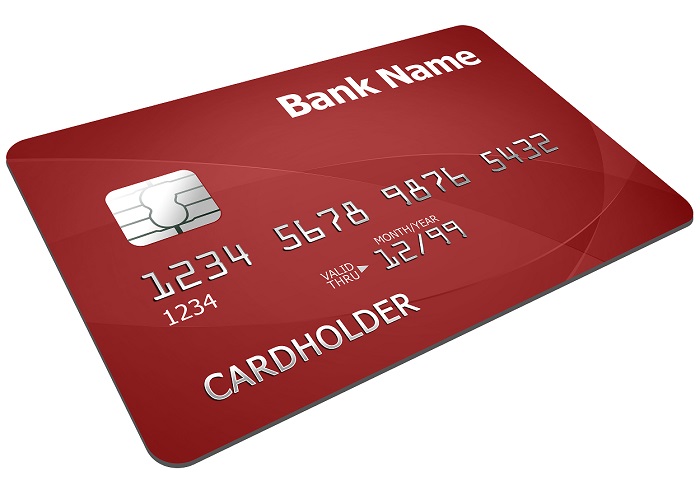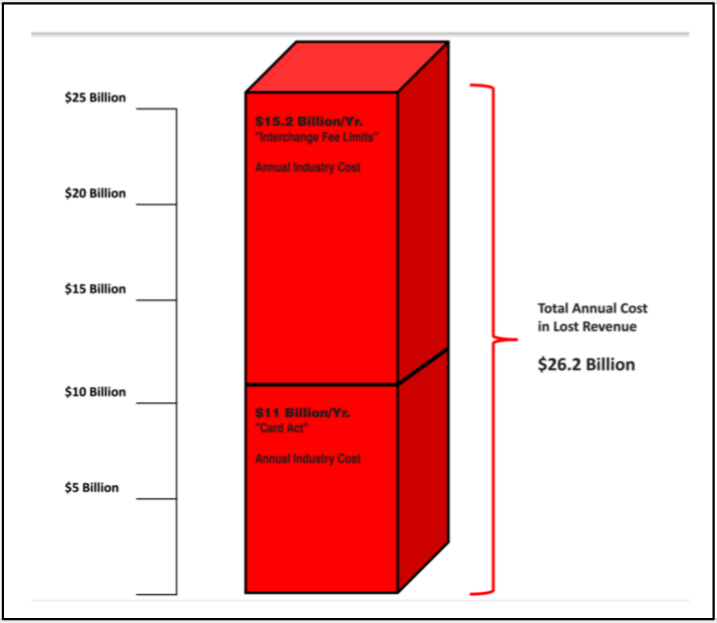Advisor R.K. Hammer has been a payment cards analyst for decades while reporting on the performance and characteristics of all segments of the issuing business . One other emerging category which has received far less scrutiny, though, is what we term “Near-Prime.” “Other than subprime issuers, everyone of course would much prefer a portfolio of Prime’s and Super Prime’s, but there are only so many of those to go around,” notes Bob Hammer, Founder and CEO at R.K. Hammer.

What Are “Near-Prime” Accounts, and What Does it Mean for the New Payment Cards Applicant and Card Issuers?
Near-Prime new card account applicants live on the border of becoming Prime, they are just not yet there. FICO scores in the range of 650 – 699 in our models are below the threshold necessary to be considered Prime by many; though, they are also deemed above the quality of subprime accounts (< 650 FICO scores). This definition will of course vary by organization. Wikipedia lists it under “SubPrime lending”. This can also change positively over time; however, for those whose account behavior performance improves as the account seasons, becoming more stable, predictable and thus more creditworthy.
Payment Cards Analyst
We calculate that roughly 12.2% of the adult population in the U.S. have FICO scores between 650 and 700. That equates to over 30,000,000 potential prospects in this bandwidth alone. Compare your existing card account market share with this population opportunity, and perhaps you can see lots of possibilities, whatever your regional or national marketing reach may be.
At initial card issuance, Prime card applicants can currently expect around 14.0% APR’s; that rises to 17.5% for Near-Prime, and 20%+ for subprime. Annual fees and other fees also vary widely between the varying quality segments.
Account “Graduation” Potential to Prime Status is the Critical Strategy
Savvy issuers have been examining this lesser known category for their growth and “graduation” potential. Every next million accounts of quality is harder and harder to find, so it seems clear that to expand one’s marketing push to include these borderline applicants can make sense. They must be properly priced and managed, though. In addition, an important part of the account maintenance for Near-Prime accounts is to have a well-defined “status graduation” program in place; an “educational marketing” strategy, as payment cards analyst R.K. Hammer terms it. The more informed consumers are, the strategy goes, the better the overall portfolio risk profile will ultimately become.
Based upon usage and repayment behavior many issuers follow the progress of these accounts for potential to be graduated to Prime status, with higher resulting credit lines and lower resulting APR’s. Once their monthly FICO’s have crossed the threshold for Prime, however any given issuer may define that term internally, they will naturally begin to receive prime account offers from other issuers, too.
Not to graduate these accounts then to the higher level of account status and at better terms creates a negative self-fulfilling prophesy; they will simply and inevitably attrite to another issuer who gives them a better value proposition that they now deserve.
New Payment Cards Applicant Cut-Off Scores & Applicant-Decisioning Necessarily Vary by Institution
As a payment cards analyst it is important to note that there is no one generally accepted risk management definition of Near-Prime accounts, nor is there any commonly accepted new card applicant cut-off score, below which the card application would otherwise be declined.
Most card lenders use varying version updates of FICO scores, plus data reported to the three credit bureaus, and accompanied by application information scores and other available internal information used to assess payment cards applicant risk.
Importantly, one can reduce account risk when going deeper into the FICO bandwidths: lower initial lines of credit, less cash availability in the first year or two, adjusting the APR’s upward to reflect taking more risk, and using what we term an “educational marketing strategy.” The more informed about wise credit use a new account holder becomes, the better performing they will be.
Test and Retest
You don’t alter new applicant cutoff scores lightly. As with anything new in the business model, you test it. Place these approved accounts in a separate agent grouping and follow the characteristics and performance of these accounts; in terms of initial activation, ongoing active rates, graduation rates, plus usage and repayment behavior, and ROA/ROE. Over time, you will see how the group behaves compared to your portfolio overall. Then you can make a judgement about the appropriateness of the test, and whether to expand it use in your marketing efforts.
What’s the best definition of Near-Prime? “Your data supported by your definition” is the short answer, notes R.K. Hammer. The takeaway is this: we are all looking for new quality card accounts – however one defines quality – and we believe that the payment cards analyst segment which deserves a closer look is Near-Prime. Properly priced and closely managed, these accounts have opportunities to satisfy consumers who might otherwise might be declined, and then be given the chance to rise to Prime status (and better terms) if their usage and repayment performance is deemed satisfactory over time.
Hammer reports that some card organizations graduate these accounts as soon as the FICO snapshot hits a preset threshold target, while others wait to see if that improved performance is proven reliable over several months as a trend not just a snapshot before offering the improved product and pricing, raising the card account to Prime status.
Either way, it becomes a win/win for the consumer and the lender to spend management time better understanding and growing a file of Near-Prime accounts, and upgrading when possible. The foregoing describes one approach; I’d invite the readers to suggest others, as well.
